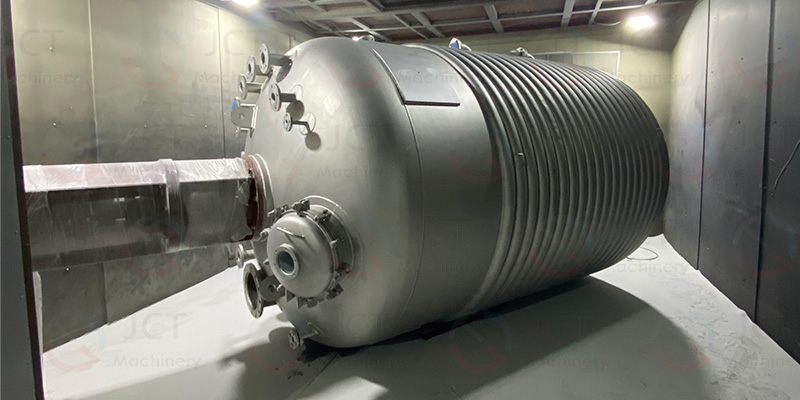This year, composite resin jewelry (especially chunky bracelets, earrings and hairpins) with retro, colorful, and translucent styles continues to be hot sellers in the European, American, Japanese, and Korean markets, enjoying high social media exposure and consumer acceptance.
At the same time, brands are increasingly using composite resins to differentiate their products. For example, combinations like resin+metal inlays, resin+natural shells/dried flowers, and resin+biodegradable fillers enhance the aesthetic while embracing environmental trends.
JCT's composite resin production line turnkey projects help you shorten the time to market for new products, improve production capacity and quality, and seize the initiative.
Problems with Existing Processes
- Uneven material mixing: Color variations or unstable transparency in finished products.
- Long curing time: Impacting production capacity and missing the opportunity for hit products.
- Inflexible process switching: A single production line struggles to produce transparent, translucent, and filled products simultaneously.
- Environmental regulations: Need to reduce VOC emissions and increase recycling rates.

Reactor is the main equipment of composite resin production line.
Main Functions of Reactor in Composite Resin Production Line
1. Raw material reaction and polymerization
In composite resin production, reactor is responsible for adding monomers (such as epoxy, acrylate, and unsaturated polyester), catalysts, initiators and additives accordingto the formula. Heating, stirring and pressure control drive the chemical reaction.
This determines the resin's molecular weight distribution, viscosity, and degree of crosslinking.
2. Temperature and pressure control
Resin reactions are often exothermic. Instantaneous temperature control can lead to increased side reactions, darker color or decreased performance.
Reactor is equipped with a jacket or internal coils, allowing for heating (steam, thermal oil) or cooling (circulating water, chilled brine), and safely maintaining reactions within a certain pressure range.
3. Raw material mixing and homogenization
Agitator designs (anchor, paddle, ribbon, etc.) ensure uniform contact of reactants, consistent reaction rates, and prevent local overheating or raw material aggregation.
4. Vacuum degassing and water removal
Composite resins are very sensitive to air bubbles and moisture. Reactor can be equipped with a vacuum system for degassing and dehydration to improve transparency and mechanical properties.

Why choose JCT's composite resin production line equipments?
- Precise temperature control system: Avoids runaway reactions and fluctuating product performance.
- Efficient mixing design: Optimizes impeller type and speed for different viscosities and reaction characteristics.
- Corrosion-resistant and wear-resistant materials: SS304/316, PTFE linings are selected to extend service life and reduce contamination.
- Convenient cleaning and switching: Quick disassembly or clean-in-place (CIP) reduces cross-effects between resin batches.
- Automation and data logging: Automatic feeding, integrated temperature and pressure control, and real-time data collection fasilitate quality traceability.

 Home
Home JCT
JCT  Aug 08,2025
Aug 08,2025 
 Fully Automatic Phenolic Resin Production Line | JCT Machinery
Fully Automatic Phenolic Resin Production Line | JCT Machinery 







